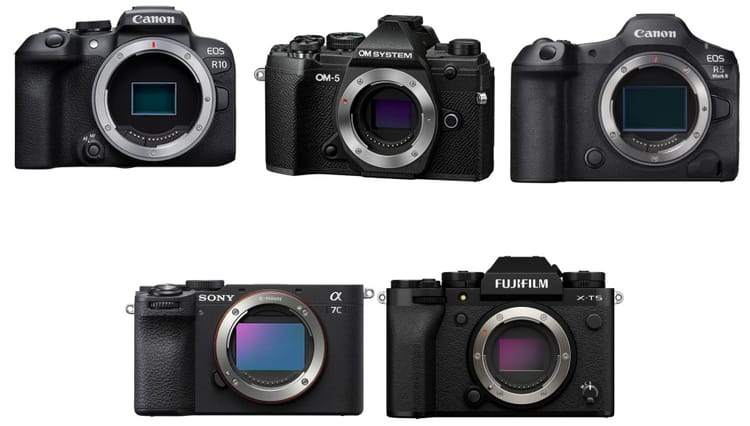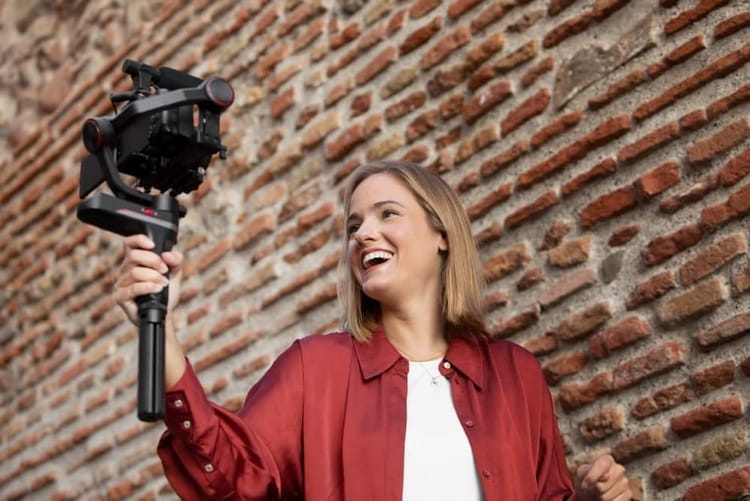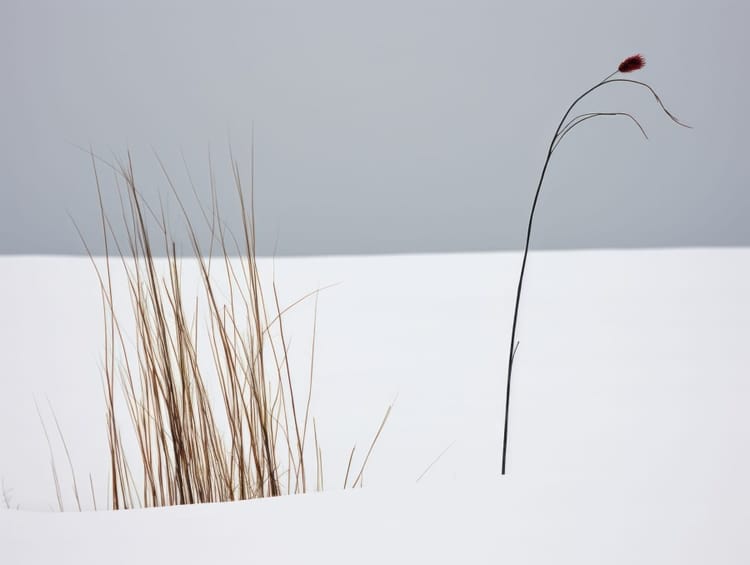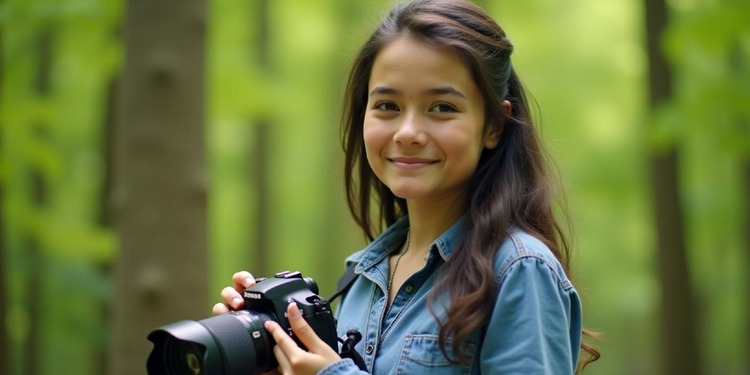Best Lens For Street Photography: 35mm f/1.8 Prime Dominates Urban Shooting
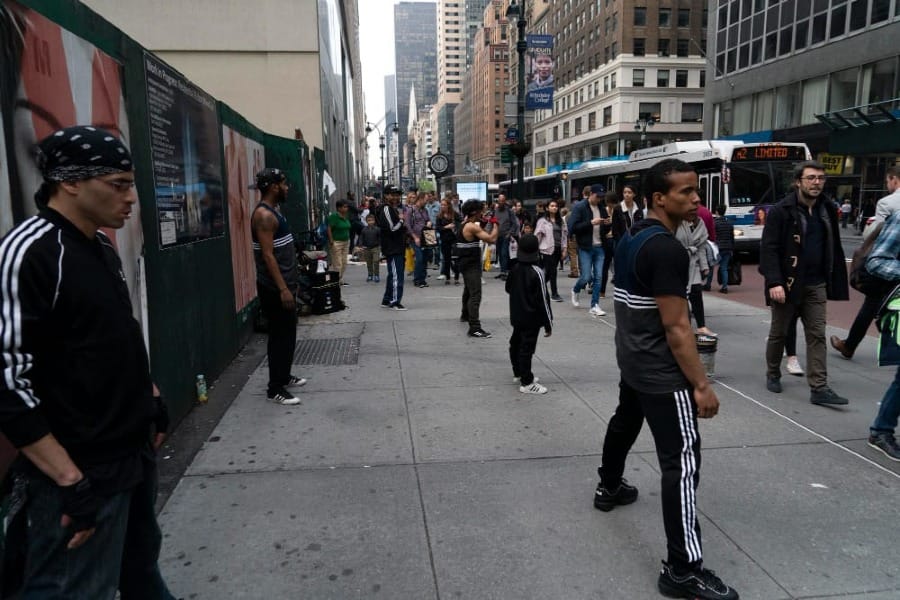
Street photography captures genuine moments of daily life, and choosing the right lens makes a huge difference in the final images. The perfect lens allows photographers to blend into crowds while getting close enough to capture authentic expressions and interactions.
skillsFor most street photographers, a 35mm prime lens offers the ideal balance of versatility and image quality without drawing attention. The 35mm focal length closely matches the human vision, making compositions feel natural while providing enough width to include important context and background elements.
Modern options like the Sigma 35mm f/2 DG DN Contemporary deliver outstanding results for both full-frame and crop sensor cameras. Anyone starting out in street photography can feel confident investing in a quality 35mm lens as their main tool. The moderate wide-angle view and bright apertures work great in varied lighting conditions, from sunny days to dimly lit evenings.
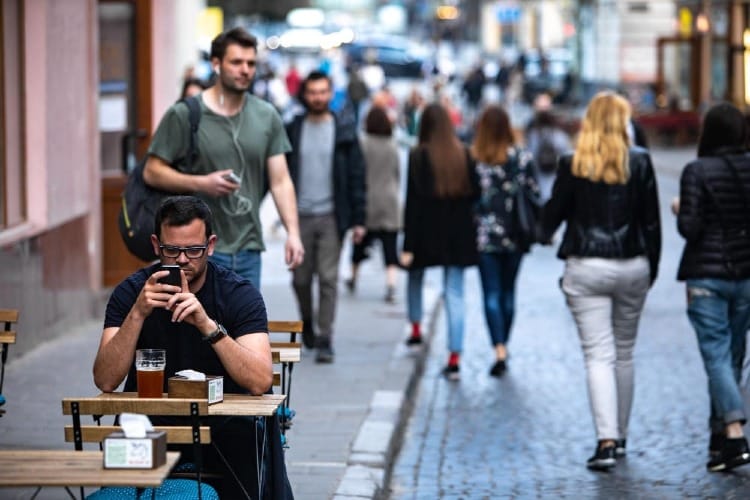
Understanding Street Photography
Street photography captures raw, unplanned moments in public spaces. The craft blends technical skills with quick thinking to document authentic human experiences and urban scenes.
Essence of Street Photography
Street photography focuses on candid images of life in public places. It emerged as an art form in the early 20th century through pioneers like Henri Cartier-Bresson.
Photographers look for genuine moments that tell stories about people, culture, and city life. These images often include people going about their daily activities, interesting architecture, and street scenes.
The goal is to capture what Cartier-Bresson called "the decisive moment" - when all elements in a scene come together perfectly.
Equipment Considerations
A small, discreet camera helps photographers blend into crowds and capture natural moments. Prime lenses between 35mm and 50mm work best for street photography.
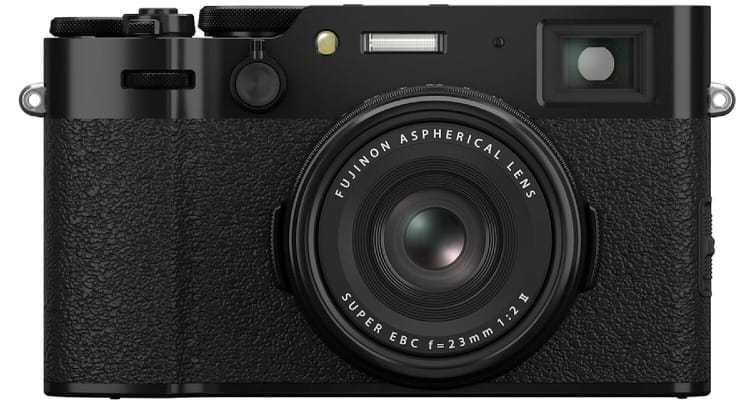
Light weight and quick handling matter more than expensive gear. Fast autofocus and good low-light performance help when shooting in changing conditions.
Many street photographers choose silent shooting modes to stay unnoticed. A camera with good dynamic range helps handle harsh lighting on city streets.
Remember that the best camera is the one you'll carry consistently. Even a smartphone can capture great street photos when used thoughtfully.
Choosing the Best Focal Lengths
Focal length selection shapes the way street photographers capture scenes and interact with their subjects. Each lens offers unique characteristics that affect composition, perspective, and shooting distance.
50mm Lens: The Classic Choice
The 50mm lens matches human eyesight and creates natural-looking images. Its moderate field of view lets photographers capture subjects from a comfortable distance of 3-5 feet away.
This focal length works well for street portraits and candid shots. The 50mm produces minimal distortion and pleasant background blur when used at wider apertures.
Street photographers can work quickly with a 50mm lens since its perspective feels familiar. The fixed focal length trains the eye to see photo opportunities more easily.
35mm Lens: Versatility in Action
The 35mm lens is a top pick for street photography. It captures more of the scene than 50mm while maintaining natural proportions.
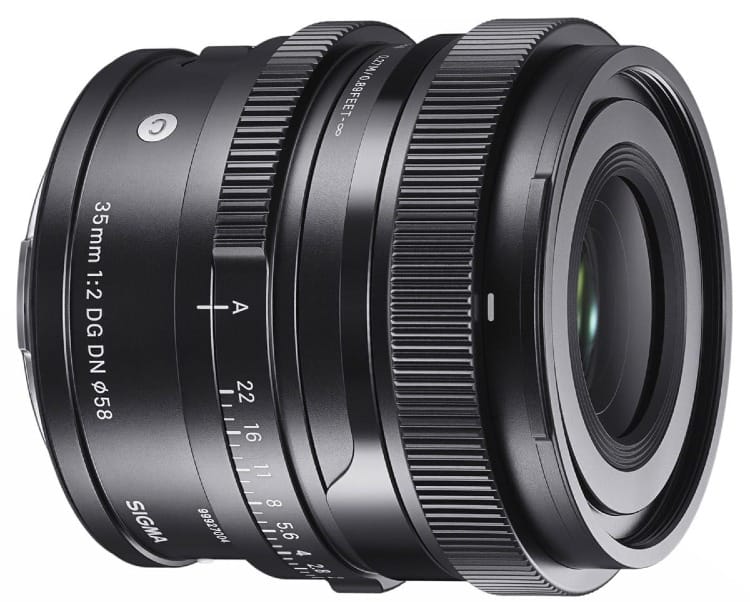
This focal length lets photographers include both subjects and their surroundings. Working distance is typically 2-4 feet, close enough for intimate shots without invading personal space.
The 35mm excels in tight spaces like busy sidewalks and markets. Its wider view helps photographers react faster to fleeting moments.
Wide-Angle and Telephoto Options
The 28mm lens offers an expansive view ideal for environmental shots. It emphasizes foreground elements and makes spaces feel larger. Street photographers need to get closer to subjects, usually within 1-3 feet.
For discrete shooting, the 85mm lens lets photographers work from greater distances. This focal length compresses perspective and isolates subjects against blurred backgrounds.
The 24mm lens captures dramatic wide views but introduces noticeable distortion. It works best for architectural elements and street scenes without close-up subjects.
Prime Lenses vs. Zoom Lenses
Street photographers must choose between fixed focal length prime lenses and variable focal length zoom lenses. Both types offer distinct features that affect image quality, portability, and shooting style.
Advantages of Prime Lenses
Prime lenses excel in street photography with their compact size and lightweight. A 35mm or 50mm prime lens fits easily in a small bag and reduces fatigue during long photo walks.
Prime lenses deliver sharper images with better low-light performance. Their wider maximum apertures, often f/1.8 or f/1.4, create beautiful background blur and work well in dim conditions.
The fixed focal length of prime lenses helps photographers develop a consistent vision. Using a single focal length teaches better composition and positioning skills.
Popular prime lens choices include the 35mm for environmental shots and the 50mm for a natural perspective that matches human vision.
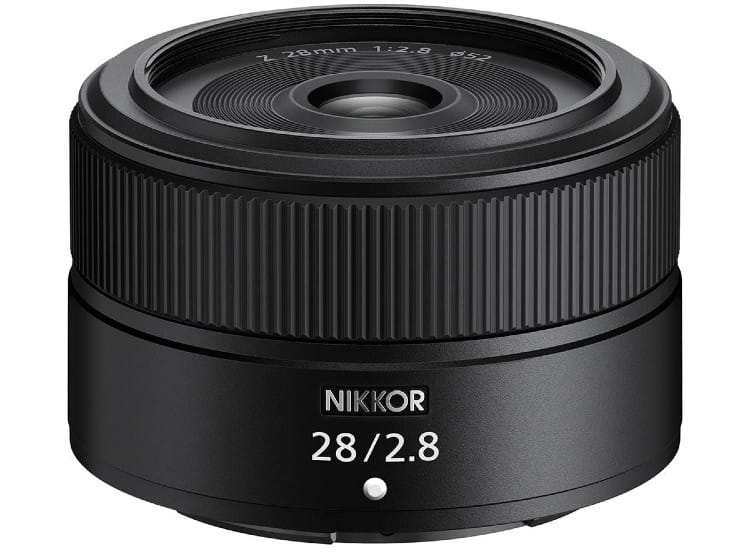
Convenience of Zoom Lenses
Zoom lenses bring versatility to street photography. A 24-70mm zoom lets photographers quickly switch between wide street scenes and tight portraits without changing lenses.
The ability to zoom helps capture fleeting moments. Photographers can adjust their composition instantly when subjects move or scenes change.
Many modern zoom lenses offer excellent image quality. Professional-grade zooms produce sharp photos throughout their focal range.
Zoom lenses reduce the need to carry multiple prime lenses. A single 16-55mm zoom can replace several prime lenses, making it ideal for travel photography.
The trade-off comes in size and weight. Zoom lenses are typically larger and heavier than prime lenses with similar focal lengths.
Key Lens Features for Street Photography
Street photography demands specific lens features to capture authentic moments quickly and effectively. Success depends on having the right technical capabilities to handle diverse lighting and fast-moving subjects.
Importance of Aperture
A wide maximum aperture of f/2.8 or larger lets photographers shoot in low light without raising ISO. This creates sharp images with less noise.
Fast apertures like f/1.4 or f/1.8 produce beautiful background blur, helping subjects stand out from busy street scenes.
The ability to shoot wide open gives photographers more creative control over depth of field. This proves useful when isolating subjects from distracting backgrounds.
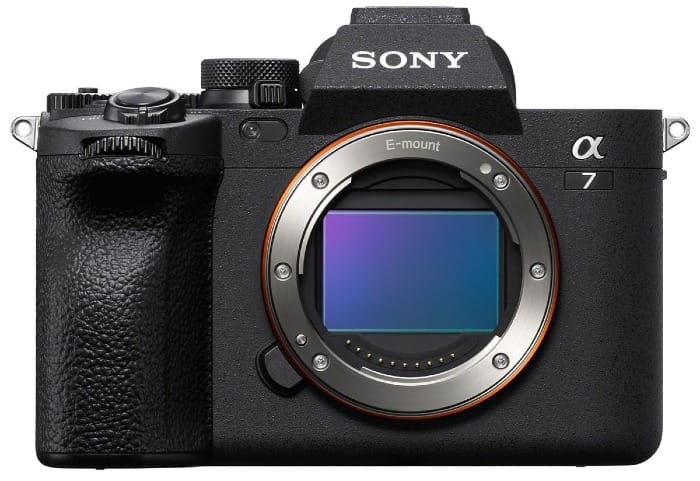
Image Stabilization Benefits
Optical image stabilization helps prevent blur from camera shake when shooting handheld. This feature becomes essential in low-light situations.
Modern stabilization systems can provide 4-5 stops of compensation. This means sharp images at much slower shutter speeds.
Stabilization helps maintain image quality by allowing lower ISO settings in challenging light conditions.
Autofocus and Manual Focus
Fast, accurate autofocus is crucial for capturing fleeting street moments. Look for lenses with quiet, responsive AF motors.
Zone focusing techniques work well with manual focus lenses. This method lets photographers pre-focus at specific distances.
A smooth focus ring and distance scale make manual focusing more precise. These features help when zone focusing or shooting in low light.
Compactness and Portability
Small, lightweight lenses draw less attention on the street. This helps photographers blend in and capture natural moments.
A compact lens paired with a mirrorless camera creates an ideal street photography kit. Many prime lenses in the 23-50mm range offer this advantage.
Weather sealing protects against dust and moisture while shooting outdoors. This feature proves valuable during long days of street photography.
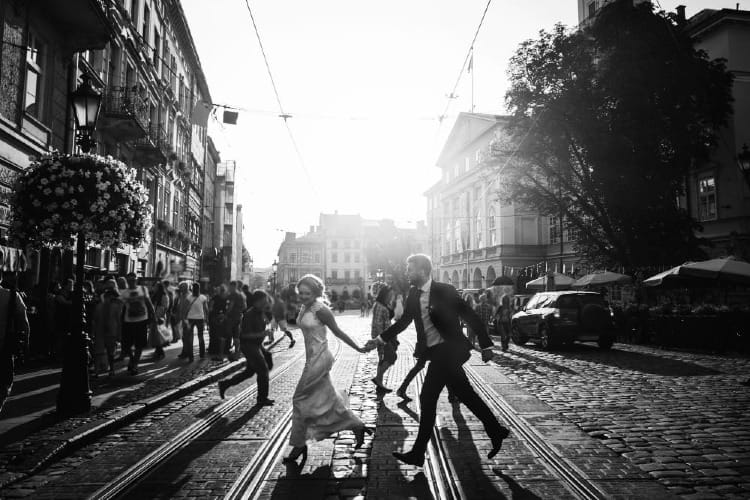
Lens Selection for Different Camera Types
Different camera types need specific lenses to achieve the best results in street photography. The right lens choice depends on your camera's sensor size and mount type.
Full-Frame Cameras
A 35mm or 50mm prime lens works great on full-frame cameras for street photography. The 35mm focal length captures a natural perspective close to what the human eye sees.
The Sigma 35mm f/1.4 DG DN Art lens delivers excellent image quality and performs well in low light. Its wide aperture creates a beautiful background blur when needed.
For those who prefer getting closer to subjects, a 50mm f/1.8 lens offers a tighter frame while staying compact and lightweight.
Crop Sensor Cameras
Crop sensor cameras need shorter focal lengths to achieve similar views as full-frame cameras. A 23mm lens on APS-C sensors gives the same field of view as a 35mm on full-frame.
The Fujifilm XF 27mm f/2.8 R WR stands out as a compact option for X-mount cameras. Its small size makes it ideal for discreet street shooting.
For Micro Four Thirds users, the Olympus 25mm F1.2 PRO (50mm equivalent) delivers sharp images with excellent low-light performance.
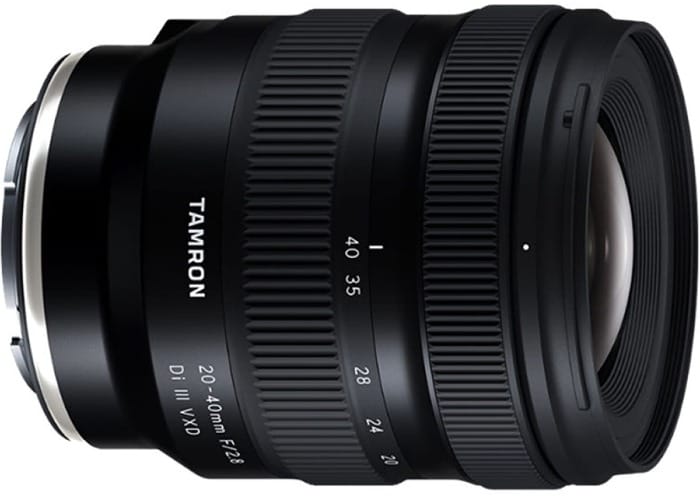
Mirrorless Camera Compatibility
Modern mirrorless cameras offer many lens options through adapters and native mount designs. The Tamron 20-40mm F/2.8 provides flexibility for Sony E-mount cameras.
Native mirrorless lenses often feature faster autofocus and better optical design than adapted DSLR lenses.
L-mount users can choose the Sigma 35mm f/2 DG DN Contemporary, which balances size and performance for street photography.
Most mirrorless manufacturers now offer compact prime lenses specifically designed for street photography.
Special Considerations for Street Portraits
Street portraits require specific lens choices to create compelling images of strangers while maintaining natural perspective and creating separation between subject and background.
Selecting Focal Length for Portraits
A 50mm lens creates the most natural-looking street portraits with minimal facial distortion. This focal length matches human vision and helps photographers maintain a comfortable working distance from subjects.
Wide-angle lenses like 35mm can capture more environmental context but may cause unflattering facial distortion when used too close to subjects.
An 85mm lens lets photographers work from further away, making it easier to capture candid portraits without being noticed. This distance helps subjects feel more at ease and natural.
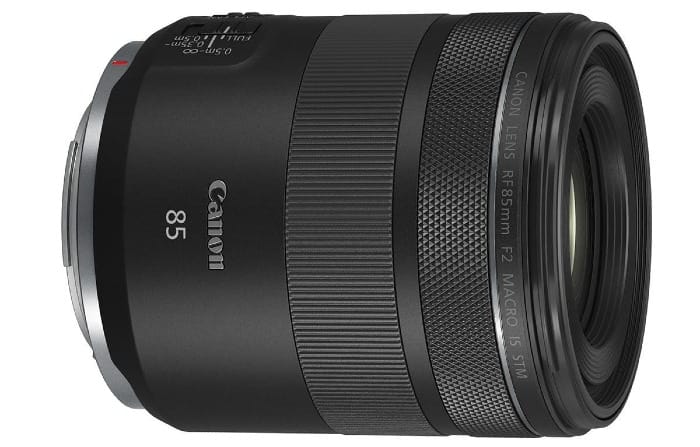
Bokeh Effect for Subject Isolation
A wide aperture lens (f/1.8 or wider) creates a smooth, creamy bokeh that separates subjects from busy street backgrounds. This effect draws attention to facial expressions and emotions.
Key aperture settings for bokeh:
- f/1.4 - f/1.8: Maximum background blur
- f/2.0 - f/2.8: Moderate separation
- f/4.0+: Less background blur
Choose lenses with 7-9 aperture blades for rounder, more pleasing bokeh circles. High-quality glass elements also produce smoother, more attractive background blur.
Fast prime lenses typically create better bokeh than zoom lenses at similar apertures due to their optical design.
Enhancing Image Quality and Sharpness
Sharp street photos require proper lens selection and technique. High-quality lenses maintain sharpness across the entire frame while delivering excellent contrast and minimal distortion.
Optimum Aperture Selection
Most lenses reach peak sharpness when stopped down 2-3 stops from their maximum aperture. For an f/1.4 lens, shooting at f/2.8 or f/4 will produce the sharpest results.
Wide-open apertures like f/1.4 or f/1.8 can reduce edge sharpness, especially on cheaper lenses. The center may stay sharp, but corners often become soft.
Professional-grade lenses maintain better edge-to-edge sharpness at wide apertures. The Sigma 35mm f/1.4 delivers excellent sharpness even wide open.
Lens Sharpness and Contrast
Premium lenses use advanced optical designs and high-quality glass to maximize contrast and clarity. Better elements minimize color fringing and maintain neutral colors.
Modern lens coatings reduce flare and ghosting while improving contrast. This helps create crisp images even in challenging lighting conditions.
Testing a lens at different apertures helps identify its sweet spot for sharpness. Many street photographers prefer f/5.6-f/8 for optimal edge-to-edge detail.
Weather sealing protects optical elements from dust and moisture, helping maintain consistent image quality over time.
Additional Features and Accessories
Street photography demands lenses that can handle diverse conditions while remaining portable and versatile. The right features and design elements make a significant difference in both image quality and shooting experience.
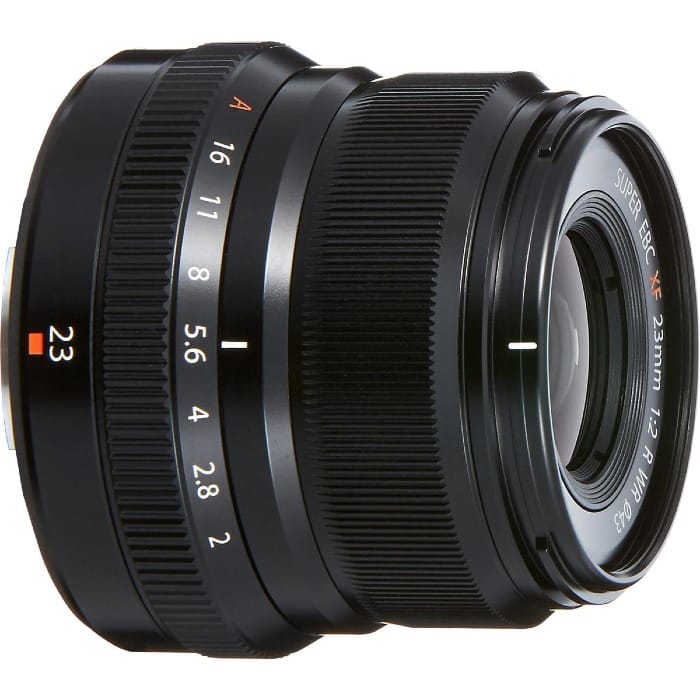
Weather Sealing for Durability
Weather-sealed lenses protect internal components from dust, moisture, and light rain. This protection proves essential when shooting in unpredictable urban environments.
The Fujifilm XF 23mm f/2 R WR and Sony FE 35mm f/1.8 both offer excellent weather resistance. Their sealed construction keeps out moisture during light rain and humid conditions.
A weather-sealed lens paired with a weather-sealed camera body creates a robust system for street photography in any season. This combination helps photographers focus on capturing moments without worrying about equipment damage.
Lenses with Minimum Focus Distance
Close focusing capability adds creative options for street photography. A shorter minimum focus distance lets photographers capture intimate details and unique perspectives.
The Sigma 35mm f/2 DG DN Contemporary focuses as close as 27cm, enabling detailed shots of textures and small subjects while maintaining image quality.
Many modern prime lenses offer close-focusing abilities without requiring extension tubes or other accessories. This feature proves valuable for photographing street art, architectural details, or small objects.
Travel-Friendly Lens Characteristics
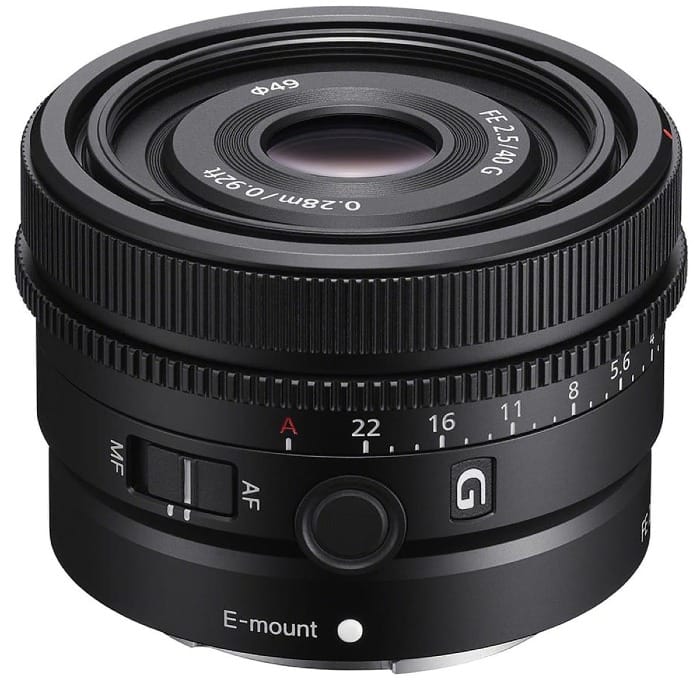
Pancake lenses and compact designs make ideal travel companions. The Sony 40mm f/2.5 G measures just 45mm in length and weighs only 173g.
Small, lightweight lenses reduce fatigue during long shooting sessions. They also attract less attention, helping photographers blend into crowds.
Metal lens mounts increase durability for frequent travelers. Many premium compact lenses use aluminum or brass mounts instead of plastic.
A retractable lens design, like the one found on some Olympus lenses, saves extra space in camera bags when not in use.
Conclusion
The perfect street photography lens depends on your shooting style and creative vision. A 35mm lens provides a balanced view that works well for most street photographers.
50mm lenses excel at capturing candid portraits and detail shots while maintaining a natural perspective. These lenses tend to be compact and affordable, making them great starter options.
Wide-angle lenses like 28mm let photographers include more context and environmental elements. These work especially well in tight urban spaces and crowded scenes.
Prime lenses with fast apertures give street photographers more flexibility in low light. The fixed focal length also helps develop consistent framing and composition skills.
Key factors to consider when picking a street lens include size, weight, autofocus speed, and weather sealing. A smaller, lighter lens allows for discrete shooting and prevents photographer fatigue.
The best lens will be one that feels natural to use and matches your preferred shooting distance. Testing different focal lengths helps identify what works best for your style.

